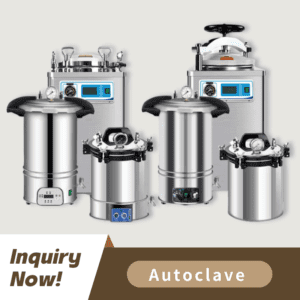
This article examines how autoclave sterilizers operate by detailing their fundamental working principles and essential components along with the elements that determine their efficiency. Beginners to autoclaves and those who want to expand their knowledge will find this guide packed with essential insights.
An autoclave sterilizer operates as a device which employs pressurized steam to make medical tools and laboratory equipment sterile along with other items. High temperature combined with pressure and time effectively destroys all microorganisms such as bacteria, viruses, fungi and spores.
Hospitals, dental clinics, laboratories, and various industries depend on autoclaves for sterilizing their tools and materials. They are crucial for infection control because they achieve rapid and efficient sterilization.
A comprehensive understanding of an autocave’s functionality requires familiarity with its principal components.
The chamber inside an autoclave serves as the space for items undergoing sterilization. The chamber is constructed to endure both high pressure and high temperature conditions.
The steam generator component creates the steam needed to sterilize items.
Pressure Valves manage chamber pressure levels to maintain the best sterilization environment.
Modern autoclaves utilize digital control panels which enable users to program the sterilization cycles and monitor operational conditions to maintain safety standards.
The vacuum pump in Class B Autoclaves functions to evacuate air from the chamber which enhances steam penetration.
Naš članek Autoclave Class B Sterilizer: Features and Benefits provides additional details about advanced autoclave types such as Class B sterilizers.
The autoclave sterilization process requires multiple steps to complete.
Loading the Chamber: Sterilization items are placed inside the chamber. The arrangement of items inside the autoclave chamber must enable steam circulation to ensure it reaches every surface.
Air Removal (Pre-Vacuum): A vacuum pump removes air from some autoclave chambers especially when using Class B models. Steam penetration improves more effectively when air removal precedes steam injection in autoclaves.
Vbrizgavanje pare: The chamber receives steam injection which forces any leftover air out. As the chamber pressure goes up steam reaches elevated temperatures.
Sterilization Phase: During sterilization the chamber holds either 121°C or 134°C temperatures alongside pressure between 15-30 psi for a duration of 15-30 minutes. The sterilization phase uses heat and moisture to eliminate all microbial life.
Drying Phase (Post-Vacuum): The autoclave eliminates moisture from items after the sterilization process to prevent contamination and make them ready to use right away.
Cooling and Unloading: As the chamber temperature drops, personnel take out the sterilized objects.
To understand the optimal temperature, time, and pressure settings for autoclave sterilization please refer to our article Autoclave Sterilization Temperature, Time, and Pressure Explained.
A range of elements influence how well autoclave sterilization works.
The quality of steam must be high to achieve effective sterilization. Sterilization can be incomplete when the steam quality is insufficient.
Loading the autoclave chamber beyond capacity or arranging items incorrectly will block steam access to all surfaces.
Different sterilization cycles are needed for various items. Wrapped instruments require extended sterilization cycles compared to their unwrapped counterparts.
Autoclave performance remains optimal through regular maintenance which also prevents equipment failure.
Autoclaves have the ability to eliminate the toughest microorganisms such as bacterial spores.
Autoclaves utilize water and steam to achieve sterilization which makes them a more environmentally friendly option than chemical-based methods.
Autoclaves enable simultaneous sterilization of multiple items which lowers operational delays in both medical and laboratory environments.
This system can be used with many materials including metals, glass pieces and certain types of plastics.
The best autoclave will fail to function properly if it is operated incorrectly. Here are some common mistakes to avoid:
Exceeding chamber capacity makes steam circulation uneven which results in failed sterilization.
Different items require specific sterilization cycles to achieve proper sterilization. Sterilization cycles that don’t match item requirements result in damage or incomplete sterilization.
Autoclave performance relies on routine cleaning and maintenance to operate at peak efficiency.
Discover how to prevent errors and improve your autoclave usage through our guide on What is Autoclave Sterilization? A Complete Guide. A Complete Guide](https://autoclaveequipment.com/what-is-autoclave-sterilization).
Professionals in healthcare settings, laboratories and industrial environments that require sterilization processes must understand how autoclave sterilization functions. Knowledge of essential components and sterilization processes along with influencing factors enables you to maintain optimal performance and safety.
Our experts are available to guide you through the autoclave purchasing process or help you select the appropriate model for your needs.
What are the main components of an autoclave?
The main components include the chamber, steam generator, pressure valves, control panel, and vacuum pump (in Class B models).
What is the purpose of the drying phase in an autoclave?
The drying phase removes moisture from sterilized items to prevent contamination and ensure they are ready for use.
How does an autoclave differ from other sterilization methods?
Autoclaves use steam under pressure, making them more effective and eco-friendly compared to methods like chemical or dry heat sterilization.
Can I sterilize all materials in an autoclave?
No, certain materials like heat-sensitive plastics and electronics may not withstand the high temperature and pressure of an autoclave.
What is the recommended temperature and pressure for autoclave sterilization?
The recommended conditions are 121°C or 134°C at 15-30 psi.
For more information about autoclave sterilizers or to request a quote, contact Keling Medical:
Elektronska pošta: inquiry@shkeling.com
WhatsApp: +8618221822482
Spletna stran: https://autoclaveequipment.com/

Sterilizacija je bistveni element praks nadzora okužb v zdravstvenih ustanovah in laboratorijih. Sterilizacija v avtoklavu s paro je učinkovita za številne aplikacije, vendar se izkaže za neoptimalno pri
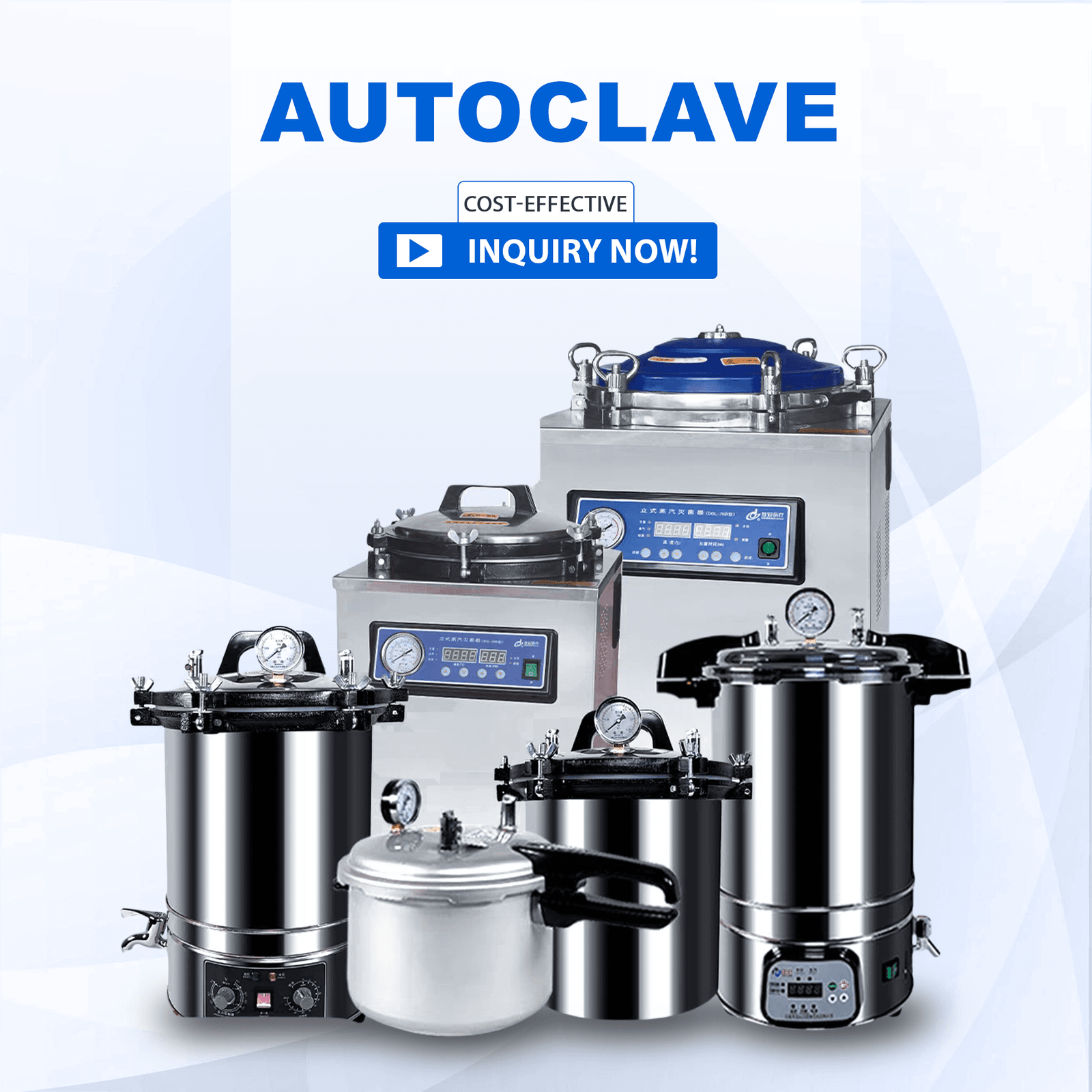
Zdravstveni delavci po vsem svetu zaupajo avtoklavom kot bistvenim orodjem za zagotavljanje varnosti in sterilnosti medicinskih instrumentov. Distributerji medicinskih pripomočkov in strokovnjaki za nabavo morajo razumeti načela in prednosti avtoklava

Zaradi napredka v zdravstvu je nujno, da so medicinski instrumenti vedno varni in sterilni. Distributerji medicinskih pripomočkov, trgovci in strokovnjaki za nabavo morajo razumeti metode sterilizacije, da lahko učinkovito delujejo. Spletna stran
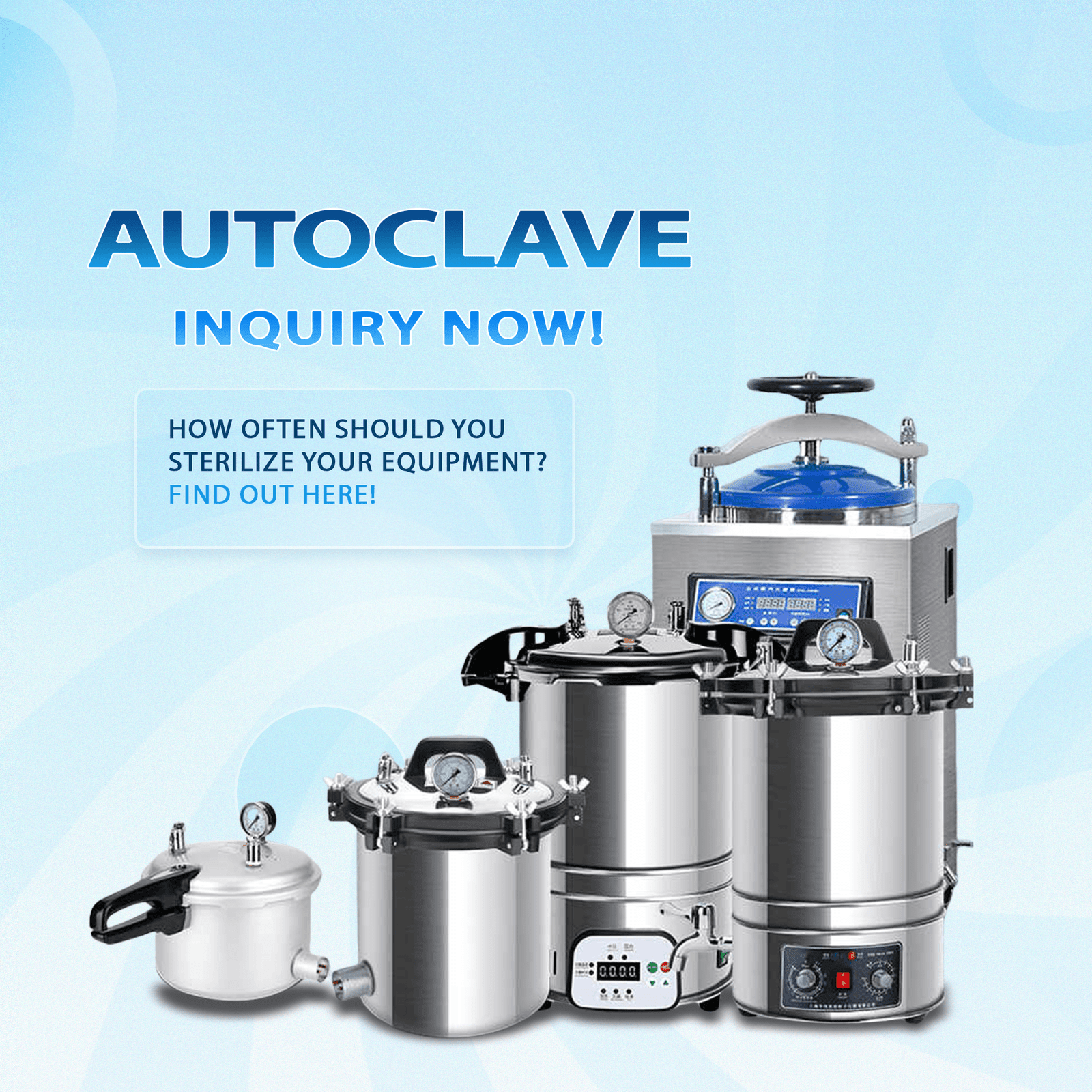
Za sterilizacijo medicinskih pripomočkov in instrumentov so potrebni avtoklavi, saj varujejo varnost pacientov in omogočajo skladnost z regulativnimi standardi. Najsodobnejši sistemi avtoklavov imajo še vedno določene omejitve. Distributerji medicinskih pripomočkov,
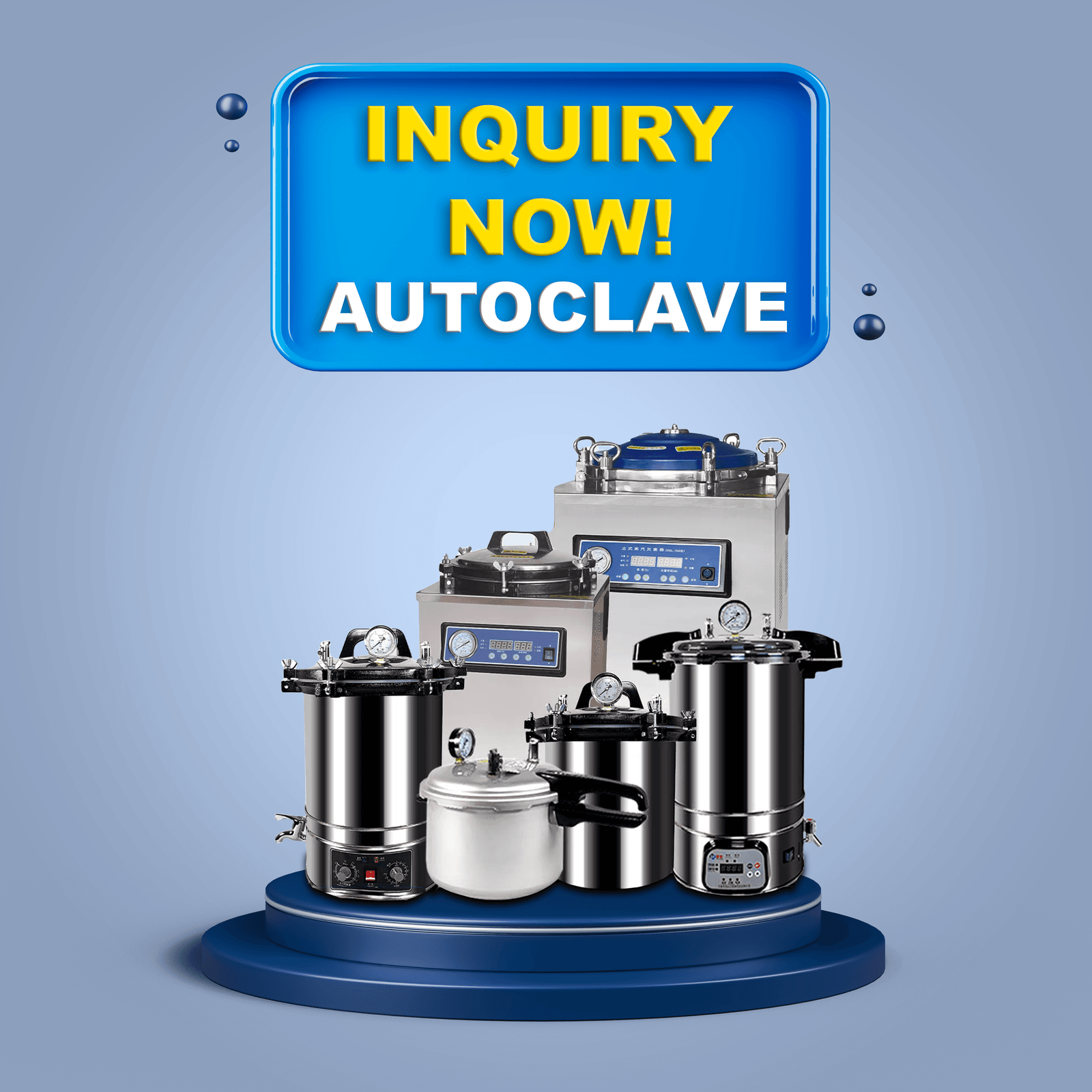
Avtoklavi so v proizvodnji medicinskih pripomočkov bistvena oprema, saj zagotavljajo dosledno sterilizacijo različnih instrumentov in materialov. Avtoklavi uporabljajo visokotlačno nasičeno paro za uničenje bakterij, virusov, glivic in
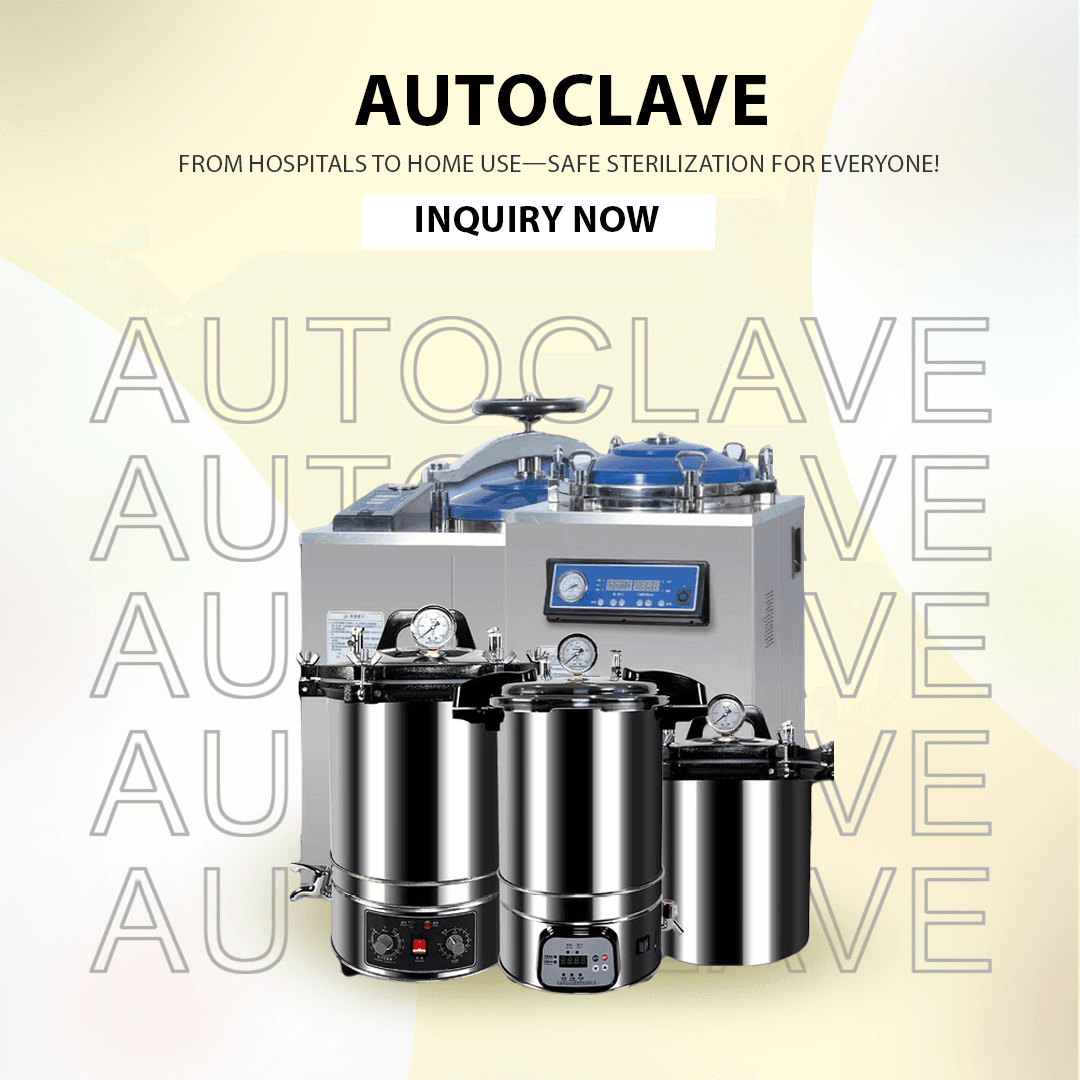
Avtoklavi služijo kot ključne naprave v zdravstvu in znanosti, saj dosledno sterilizirajo instrumente in materiale. Distributerji medicinske opreme, trgovci in strokovnjaki za nabavo morajo poskrbeti, da avtoklavi delujejo